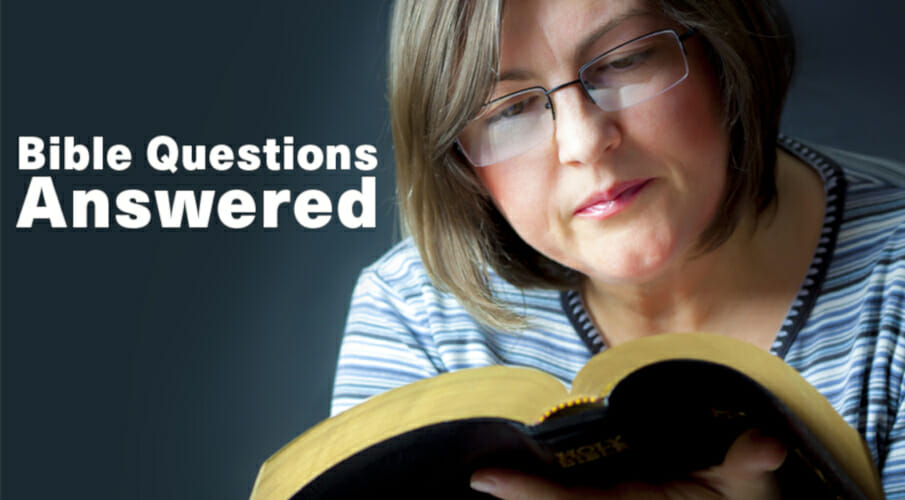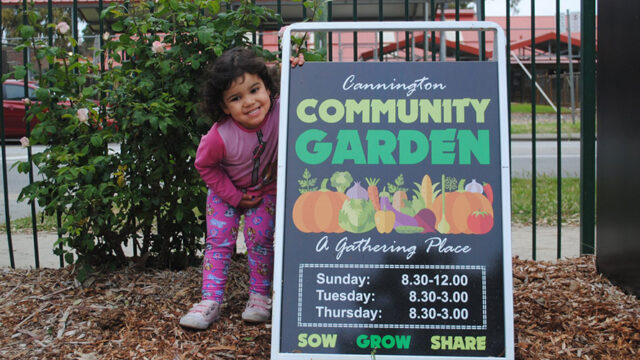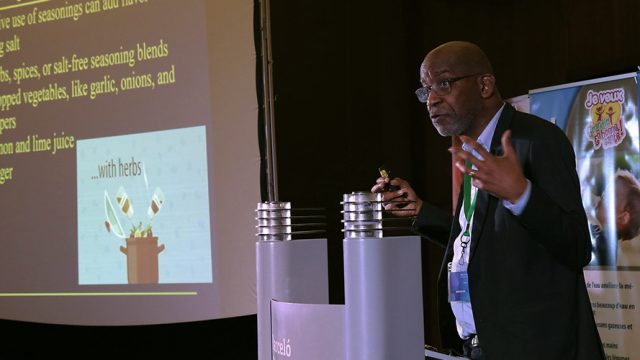What was the purpose of a burnt sacrifice?

The name “burnt offering” is a translation of the Hebrew word ‘olah (“an ascending offering”). Its name suggests that the sacrificial victim was burned in its entirety on the altar and the smoke went up/ascended toward God in heaven. The burnt offering was the most common sacrifice in the patriarchal period (Gen. 8:20; 22:7).
1. Occasion and Procedure
Any Israelite could have brought a burnt offering to the Lord as a voluntary act of worship (Lev. 1:2). It could be brought by the individual as a votive or freewill offering (Lev. 22:17-19). The votive offering was given to the Lord after a vow was fulfilled to express gratitude. The freewill offering was a spontaneous expression of personal devotion, thanksgiving, and joy to the Lord. But it was also required for daily services (Num. 28:3-8); the Sabbath (verses 9, 10) and new moons services (verses 11-14); and during festivals (e.g., verses 17-25; Lev. 23:10-14, 17-21; 16:3). Burnt offerings were also required in combination with purification ceremonies (Lev. 12:6; 14:19; 15:13-15; Num. 6:11, 14; 15:22-26; Lev. 5:7-10).
The procedure followed when offering this sacrifice required persons to lay hands on the animal’s head (Lev. 1:4), slay it (verse 5), cut it into pieces (verse 6), and wash its entrails and legs (verse 9). The priest performed the blood ritual (verse 5) and placed the victim on the altar (verse 8). The hide was given to the officiating priest (7:8), but the whole animal was burnt on the altar. The sacrificial victim was a male lamb, ram, or bullock. In some cases a turtledove or a pigeon was acceptable.
2. Purpose
The burnt offering was accepted by the Lord on behalf of the offerer “to make atonement for him” (Lev. 1:3, 4). In other words, the acceptance of the individual was determined by the acceptance of the offering by the Lord as a means of atonement. Through the laying on of hands offerers symbolically transferred to the sacrificial victim, which was without defect (verse 3; tamîm, “whole,” “entire”; “free of blemish”), their own imperfections. The victim functioned as a substitute for the person who brought it.
In 1 Samuel 7:1-10 and 13:12 the burnt offering is associated with the idea of “entreating God,” a phrase often employed in the context of God’s anger or displeasure (e.g., Ex. 32:11; 1 Kings 13:6; 2 Kings 13:4). Persons who entreated God were seeking His favor or acceptance (e.g., Zech. 8:21, 22), and the Lord showed favor and grace to them (Mal. 1:9; Ps. 119:58). The context here is one of propitiation, in the sense that God Himself sets aside His displeasure and accepts repentant sinners.
The burnt offering was an act of worship, expressing gratitude, thanksgiving, joy, and total dedication of the offerer to God. And since humans are always in need of forgiveness when approaching the Lord, it also functioned as a means of expiation/propitiation. This sacrifice addressed many of the spiritual needs of the offerer.
Today, since God accepts us through Christ’s atoning sacrifice, we can joyfully and gratefully offer our whole being to Him as spiritual sacrifices (Rom. 12:1).








